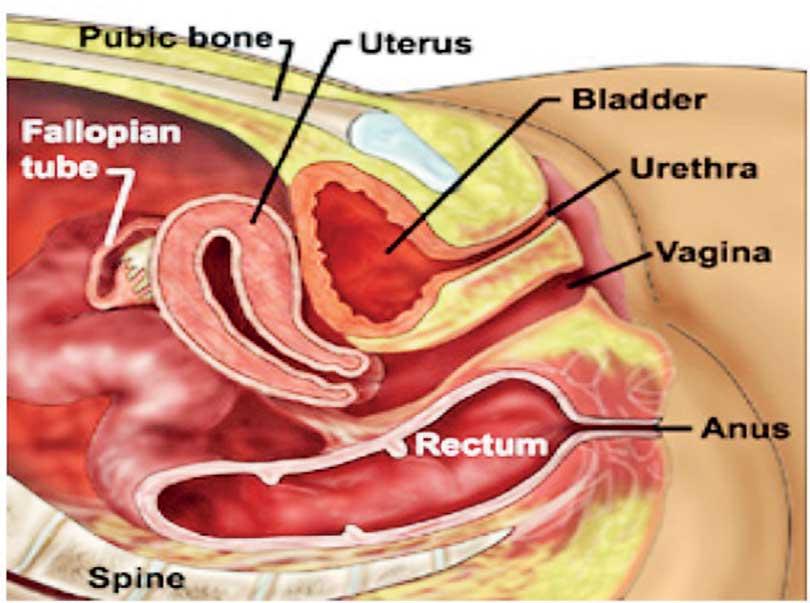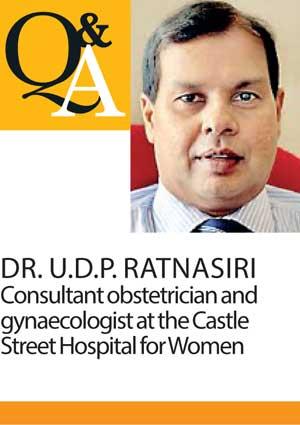26 Apr 2019 - {{hitsCtrl.values.hits}}

 Since the procedure was first performed to extract babies from the wombs of dead mothers’, the term ‘Cesarean Section’ has gained much recognition over the years. It’s popularity is such that a research conducted by ‘The Lancet’- a reputed medical journal- revealed that the rate of cesarean sections has almost doubled from 12% to 21% between the years of 2000 and 2015 alone.
Since the procedure was first performed to extract babies from the wombs of dead mothers’, the term ‘Cesarean Section’ has gained much recognition over the years. It’s popularity is such that a research conducted by ‘The Lancet’- a reputed medical journal- revealed that the rate of cesarean sections has almost doubled from 12% to 21% between the years of 2000 and 2015 alone.
The enormous contribution of cesarean section in advancing childbirth to what it is today with much improved safety conditions for both the mother and baby, when compared with the life or death struggle of childbirth of the past, is undeniable. But as much good as it has done, there is a negative side to C-section as well. This month, in celebration of the “Cesarean Awareness Month’ which falls annually in April, we have consulted Dr.U.D.P. Ratnasiri, Consultant obstetrician and gynaecologist at the Castle Street Hospital for Women, to produce more information on the subject.
Cesarean section
 Cesarean delivery (C-section) is a surgical procedure used to deliver the baby through openings made in the abdomen and the womb. A C-section might be planned ahead of time of delivery in some situations while it may be done as an emergency procedure in a percentage of patients.
Cesarean delivery (C-section) is a surgical procedure used to deliver the baby through openings made in the abdomen and the womb. A C-section might be planned ahead of time of delivery in some situations while it may be done as an emergency procedure in a percentage of patients.
History of the C-section
While the sources are unclear as to the origin of the word ‘Cesarean’, C-section is recognised to be one of the oldest operations performed in the world. In 715 BC, the law declared that all mothers who died before delivering should have their infant removed through the abdomen before burial. This law under the ruling of Caesars was called ‘lexcaesarea’.
The first witnessed cesarean section in a living woman was carried out in the 16th Century. Initially it was performed in dying women after prolonged labour. Out of the small portion of women who managed to survive the operation, a considerable number succumbed to death due to massive bleeding and infection. With the advancement of modern medicine, along with suturing techniques, antibiotics and advanced anesthesia, today, it has become a much safer and a commonly performed operation in obstetric practice.
Indications for C-section
Emergency situations
When labour is not progressing despite strong contractions of the womb after several hours
When the baby is in distress
When a loop of umbilical cord is slipped ahead of the baby
When the afterbirth/placenta is covering the opening of the birth canal (termed placenta praevia)
Other situations
When the baby is lying in an abnormal position unsuitable for a vaginal delivery
In multiple pregnancies where the leading baby is in an abnormal position or when the mother is carrying triplets or more babies
When the birth canal is obstructed eg. Large tumor obstructing birth passage
When mother has a health concern (in most medical conditions affecting the mother, a planned vaginal birth is recommended. But in some rare occasions a C-section may be recommended by experts)
Types of cesarean sections
There are two different types of cesarean sections, according to the site where the cut to the uterus is made during the operation. Lower uterine segment cesarean section is the commonly used procedure where the lower part of the mother’s womb is cut open to deliver the baby. Upper segment cesarean section is when the upper part of the womb is cut open either vertically or horizontally to deliver the baby and this procedure is usually reserved only for emergency situations.
Advantages and disadvantages
Having a planned caesarian section may make the mother feel more in control and avoid anxieties and fears of going into normal labor. They also would have less risk of urinary incontinence and pelvic prolapse in later life, when compared to mothers undergoing vaginal birth. It may carry less risk of birth trauma than a vaginal delivery, so is preferred in certain situations where the baby is more exposed to the risk of injury through vaginal birth,
However, all is not sunshine and rainbows when it comes to C- section, explains the doctor. C-section is a major surgery carrying its own risks of complications to mother and baby as well as that of affecting future pregnancies.
Talking about disadvantages of cesarean section for the mother, even though the mother may not initially feel any pain because of the anesthetic drugs administered during the surgery, she may feel more pain and discomfort after the anesthetic drugs have worn off. 1 in 10 women would experience discomfort during the first few months after surgery, according to research. Wound infection is also a fairly common complication and may delay healing of the wound.
Bleeding more than expected with the increased risk of blood transfusion, risks associated with anesthesia, formation of blood clots in the legs that can travel to the lungs causing complications, longer stay in hospital and more time to return to work are also risks associated with C-section. Although rare, risk of bladder and bowel injury during surgery may occur as well.
Babies delivered through C-section are more likely to have temporary breathing difficulties and are likely to need care on the neonatal unit than a baby born vaginally.
Although there is a very small risk of the baby sustaining a cut injury during the operation, risk is very low at 1 to 2 per every 100 babies delivered via C-section. The cut may heal without any further harm in the majority of cases. Babies born by cesarean section are found to be more at risk of developing asthma during childhood and becoming overweight, according to recent research.
The chances of having to undergo another C- section in a future pregnancy becomes high following a C- section and this may be a difficult surgery compared to the previous C-section.
In a small percentage of women undergoing C- sections, there is a risk of developing a serious complication called placenta accreta in the subsequent pregnancy. In this condition the placenta grows in to the scar and does not come away as easily as it normally would after the baby is delivered. This can cause complications like severe bleeding, needing blood transfusions and even the removal of the uterus along with the attached placenta to arrest the bleeding. The risk of damage to other organs like bladder and bowel will also be increased. Rarely, this may even lead to a maternal death. Risk of placenta accreta increases with the number of cesarean sections.
Chances of having a still birth in a future pregnancy are higher (4 in 1000) following a C- section when compared with a vaginal birth (2 in 1000). Reasons for this occurrence are unknown.
Vaginal birth after cesarean section (VBAC)
More than 1 in 5 pregnant women throughout the world undergo cesarean section either as planned or emergency procedures. Many of these women have the false belief that just because they have had surgery the first time, they have no option, but to undergo c-sections during all subsequent pregnancies.
But, in reality the obstetrician may determine carefully whether the mother can undergo a planned vaginal birth after cesarean section, after assessing each woman individually. About 3 out of 4 women would have a successful vaginal delivery following a past C- section. A Successful VBAC has more advantages than a repeat cesarean section.
Advantages of VBAC when compared to repeat C- section
Greater chance of vaginal birth in future pregnancies
Shorter hospital stays, quicker recovery and return to work
More likely to have skin to skin contact with baby and feed the baby successfully
Risk of a major operation will be avoided
Baby will have less breathing problems at birth
There are some risks associated with VBAC, but these are fewer when compared with the risks of repeat cesarean section.
Risks of VBAC
1 in 4 women may need emergency cesarean section but it is only slightly higher than if labouring for the first time
(1 in 5)
High risk of blood transfusion
Scar rupture in 0.5% of women
Serious risks to the baby like brain injury is higher than repeat cesarean section but it is similar as if laboring for the first time
Making the decision to undergo
C-section
Healthcare services are becoming burdened with an increased number of women who opt for elective cesarean section without a medical reason. Is cesarean section better than normal birth at all times?
“Considering the advantages of vaginal birth and risks of cesarean section, vaginal birth is safer to both mother, baby and for the future pregnancies. However, cesarean delivery would be recommended for some mothers to deliver babies safely. This important decision should be made with the careful assessment and counseling by an experienced doctor, since, as discussed earlier, the mode of delivery would carry many long-term implications to both mother and baby”, concludes Dr. Ratnasiri.
22 Dec 2024 1 hours ago
22 Dec 2024 3 hours ago
22 Dec 2024 3 hours ago
22 Dec 2024 5 hours ago
22 Dec 2024 5 hours ago